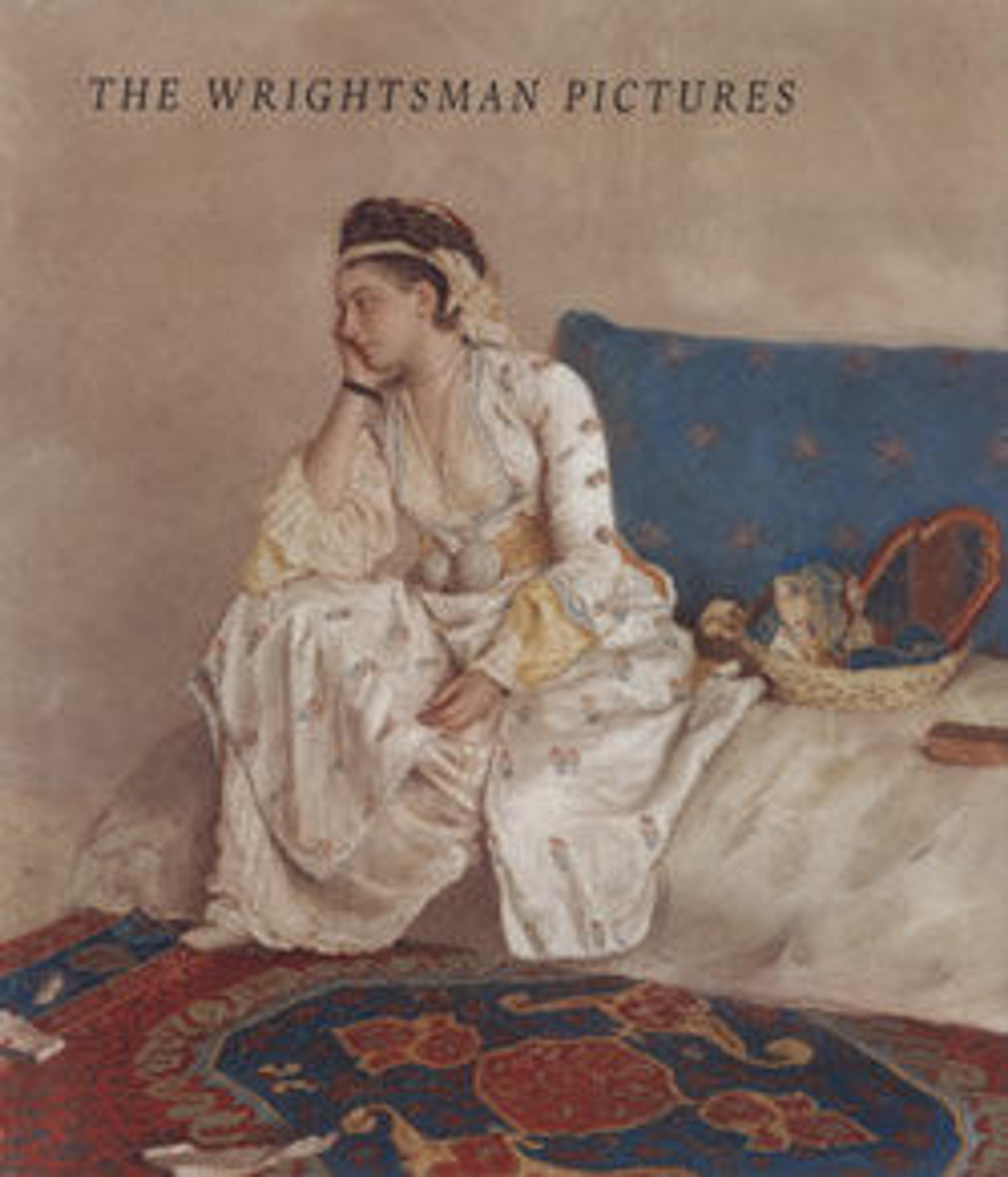The Rest on the Flight into Egypt
A generation of Italian artists preceding Mola, including Francesco Albani and Domenichino, had pioneered the meticulous depiction of elegant landscapes in oil on copper. This work, painted before Mola arrived in Rome in 1647, gives the conventional biblical subject of Mary and Joseph fleeing the wrath of King Herod the charm of an idyllic day in the country. This approach was popularized in the previous century by Titian, whose pastoral landscapes Mola emulated on a small scale suited for hanging in a study or bedroom.
Artwork Details
- Title:The Rest on the Flight into Egypt
- Artist:Pier Francesco Mola (Italian, Coldrerio 1612–1666 Rome)
- Date:ca. 1641
- Medium:Oil on copper
- Dimensions:9 x 11 in. (22.9 x 27.9 cm)
- Classification:Paintings
- Credit Line:Wrightsman Fund, 1993
- Object Number:1993.20
- Curatorial Department: European Paintings
More Artwork
Research Resources
The Met provides unparalleled resources for research and welcomes an international community of students and scholars. The Met's Open Access API is where creators and researchers can connect to the The Met collection. Open Access data and public domain images are available for unrestricted commercial and noncommercial use without permission or fee.
To request images under copyright and other restrictions, please use this Image Request form.
Feedback
We continue to research and examine historical and cultural context for objects in The Met collection. If you have comments or questions about this object record, please contact us using the form below. The Museum looks forward to receiving your comments.
